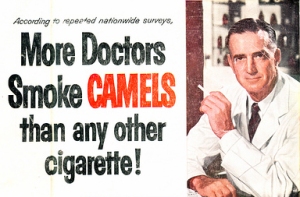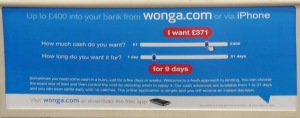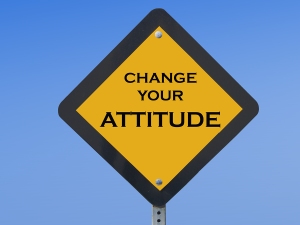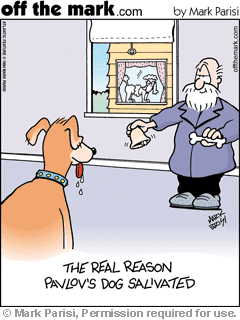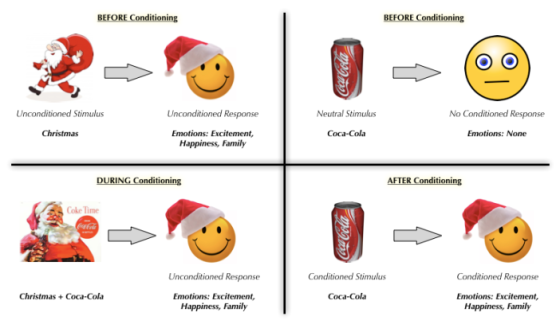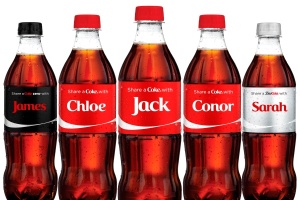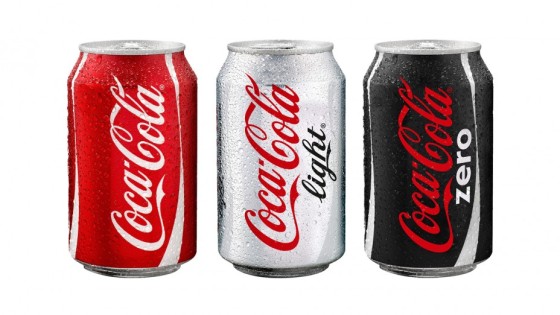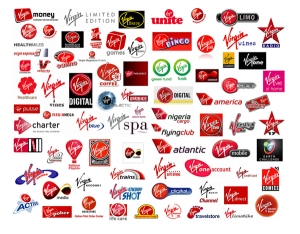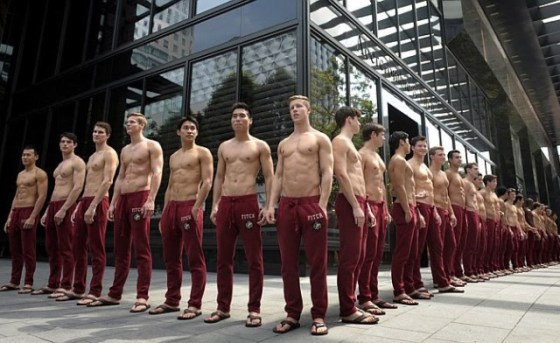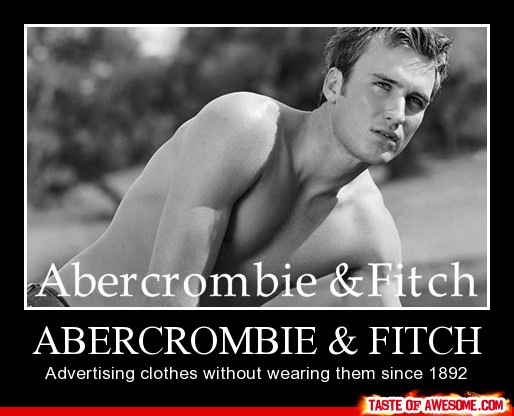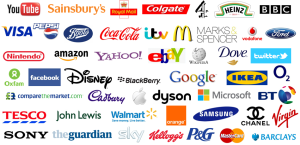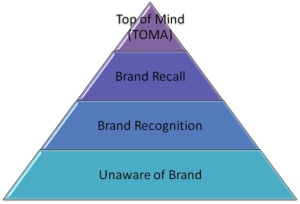As the landscape of society changes, so does the behaviour of its consumer. As society fractures into sub cultures there is a increased in demand for the diverse. The hypodermic needle although a media theory can be used to explain the way in which the demand was created for the business to supply.
If we apply the hypodermic needle model (Katz & Lazarsfeld, 1955) to business, when society wasn’t active the vast conglomerates controlled what the consumer consumed, there was a limited amount of choices because there wasn’t a dialogue between the consumer and the business, now with the increase in capitalism and consumerism, and the avenues of dialogue now available to the consumer through social media, the consumer becomes demanding and diverse.
In a changing society where more and more people are changing their purchasing habits the happiness of the consumer has become increasingly important. The high street shopping seems to be in trouble with the increase of consumers choosing to do their shopping online. A report has predicted that 1 in 5 high street shops will be closed by 2018 (http://www.theweek.co.uk/business/53274/high-street-shops-threat-online-shopping-close-2018). As well as this is it seems as technology is advancing and more people are becoming part of the smart phone craze this is having a huge hit on retail stores (http://econsultancy.com/uk/blog/63656-mobile-users-less-likely-to-visit-high-street-stores-stats).
This leads on to my topic for this week looking at the amount of choice that is now available to consumers. As many companies now have the option of shopping on-line they have increased the variety of items that can be purchased. They no longer need to be able to fit all these variations within a shop therefore the possibilities are endless. I recently used a clothing website and was searching through their sale and selected t-shirts. I wasn’t looking for anything specific, just seeing if anything took my fancy. The results showed 2041 different t-shirts…2041?? Do I really have the time and effort to search through all these items. This led on to me asking whether as consumers we prefer the increased choice or we would rather have a set of limited choices.
‘The Paradox of Choice – Why More Is Less’
This notion has been made famous by Barry Swartz (2004) within his book ‘ The Paradox of Choice- Why more is Less’. The idea behind this is that sometimes having less choice can have a positive effect on the consumer in the decision making process. He states that by generating more variations and increased choice when choosing products this can actually create a negative effect and in turn cause anxiety and regret. When there is too much choice presented we find it hard to make a decision and pick one. This can be for a number of reasons.
Swartz & Ward (2012) looked into this idea and stated one of the reason is missed opportunities. We feel that we are missing out on other options as there is so much choice. We feel regret and that we have made the wrong decision. We even feel anticipated regret which makes decisions harder to make and furthermore post decision regret meaning we find it harder to enjoy the product ( Gilovich & medvec 1995). This finding has been backed up by Landman (1993). Therefore the feeling of regret plays a huge part is the process when presented with too much choice.
Within business this links in with ‘Opportunity cost’ which is known as the cost of not purchasing a different item. Within this situation we may feel this is high and plays on our mind that we should have purchased another item. If there are less choices we can’t be upset with missing out as there is less too choose from, therefore by reducing the choice we feel happier and less disheartened by our choice. Increased choice has even been found to decrease well being (Diener, 2000; Lane, 2000).
Example of too much choice
A series of experiments designed by Iyengar & Lepper (2000) analysed the effects of choice on the buying habits of high quality jam’s and gourmet chocolate. For the Jam experiment they presented two different conditions which would be involved in tasting the jam’s. The first condition were presented with 6 different jams and the second were presented with 24 different jams. The larger set of Jam’s did attract more attention showing that we may like the idea of having more choice, however in terms of purchasing there was a huge difference between the two conditions. For the condition with only 6 sets of jams 30% of consumers who tried the jams actually purchased a jar. However the other condition is where it got interesting. In the second condition with 24 variations of jams only 3% actually purchased a jar. The difference in this is huge and is linked to the paradox of choice. This is a prime example of how too much choice can have a negative effect and confuse the customers.
Their second experiment involving the rating of chocolate when presented with either 6 or 30 again provides evidence for the existence of this theory. Customers who were presented with only 6 chocolates rated them much higher than the condition that was presented with the 30 variations. Swartz et al, (2002) conducted a similar experiment and validated the previous findings showing that people felt disheartened with regret when the amount of choice was enhanced.
Are we ever happy?
There are obvious some upsides to having more choice and if we are aware of what we want we are able to sieve through the rest of the options to find the perfect one for you. It does seem that we like to complain about anything, if there was no choice we would be complaining that there’s no choice. If we are willing to put the time and effort in then surely having better variety would be a better thing. Iyengar and Lepper, (2000) showed that we do get attracted to more choice even if we struggle when it comes to the actual decision making.
Is there a perfect amount of choices?
Dunbar’s number states that there is a limit to the amount of people that we can keep in contact with a once at 150 (Dunbar, 1992). Like this i believe that there could be a perfect number of choices, i.e not too limited but not too much that is perfect for the consumer. It provides them with another choice but doesn’t make them feel regret and disheartened. Whether this can apply as the choice process is obviously different for every product can be questioned but it would make the decision making process alot easier.








